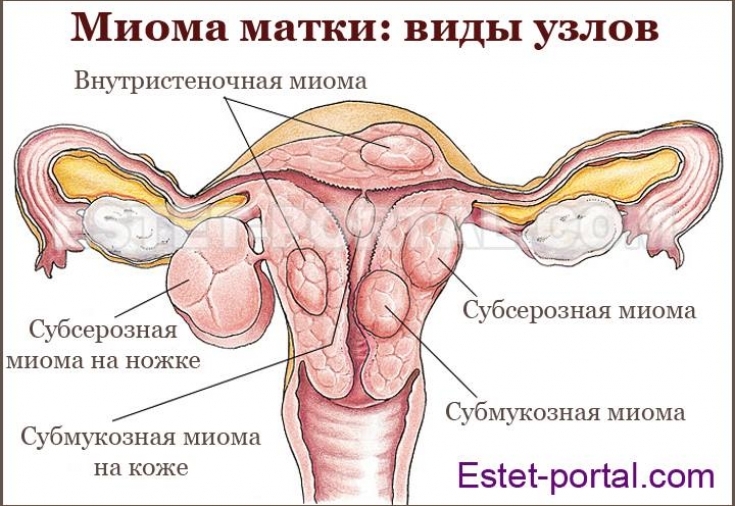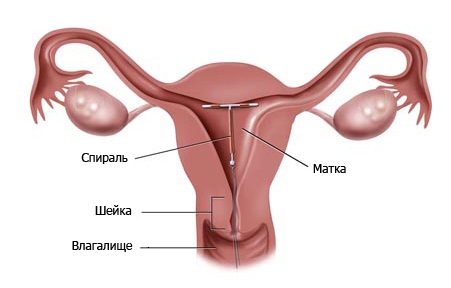Uterine fibroids – one of the most common pathologies of the female reproductive system: in the structure of gynecological diseases, this condition belongs to about 30%. Most often, this neoplasm occurs in patients aged 35-40 years. Uterine fibroids are benign hormone-dependent formations of the myometrium with a very low risk of malignancy. Thanks to progress in the field of gynecology and pharmacology, it was possible to significantly reduce the number of indications for surgical treatment of this pathology. For more information about the methods of conservative treatment of uterine fibroids, according to modern recommendations, read on estet-portal.com later in this article.
Things to know before prescribing conservative treatment for uterine fibroids
The success of the treatment of uterine fibroids to a large extent depends on a well-collected anamnesis and carried out diagnostic measures. Correctly posed questions will help to find out if a woman has possible risk factors for gynecological diseases, a burdened family history, and concomitant pathological conditions.
The purpose of laboratory and instrumental studies is not only to confirm the diagnosis of uterine fibroids, but also to search for concomitant pathological conditions, without the correction of which the treatment of the neoplasm will not be effective.
For more information on what methods of research should be carried out, according to modern clinical guidelines for managing patients with uterine myoma, read the article: Uterine fibroids: is it worth being afraid of this tumor?
Conservative treatment of uterine fibroids:
• Indications for conservative treatment of uterine fibroids;
• The use of gestagens in the conservative treatment of uterine fibroids;
• Androgens as drugs for the conservative treatment of uterine fibroids;
• Intrauterine hormonal system for conservative treatment of uterine fibroids;
• The role of gonadotropic-releasing hormone antagonists in the treatment of uterine fibroids;
• Disadvantages of conservative treatment of uterine fibroids.
Read us in Telegram.
>

The role of gonadotropic-releasing hormone antagonists in the treatment of uterine fibroids
The use of this group of drugs leads to the onset of pharmacological amenorrhea – as a result, the size of the uterus is significantly reduced. Antagonists of gonadotropic-releasing hormones exist in forms for intramuscular (depot) and subcutaneous administration, as well as in the form of nasal sprays. The most commonly used active ingredients are: buserelin, goserelin, triptorelin. Parenteral forms of the drug should be administered during the first 5 days of the menstrual cycle. Antagonists of gonadotropin-releasing hormones can be used both as monotherapy for uterine fibroids, and to reduce the size of the uterus in order to prepare it for subsequent surgery.
Disadvantages of conservative treatment of uterine fibroids
Despite all its advantages, the conservative method of treating uterine fibroids does not always contribute to the complete disappearance of the pathological process.
It is important to remember that the presence of this neoplasm requires not only a correct diagnosis and prescription of a treatment regimen, but also a mandatory follow-up control of the dynamics of the process through regular gynecological examination every six months during the first 5 years after diagnosis.
This approach will allow timely determination of indications for surgical treatment with the choice of the optimal method of surgical intervention, as well as diagnosing other pathological conditions at the earliest stages. After all, a responsible attitude to your health – the best way to prevent disease. Thank you for staying with estet-portal.com. Read other interesting articles on the site in the "Gynecology" section.
You may also be interested in: Fibroids necrosis: when uterine fibroids threaten your life







Add a comment